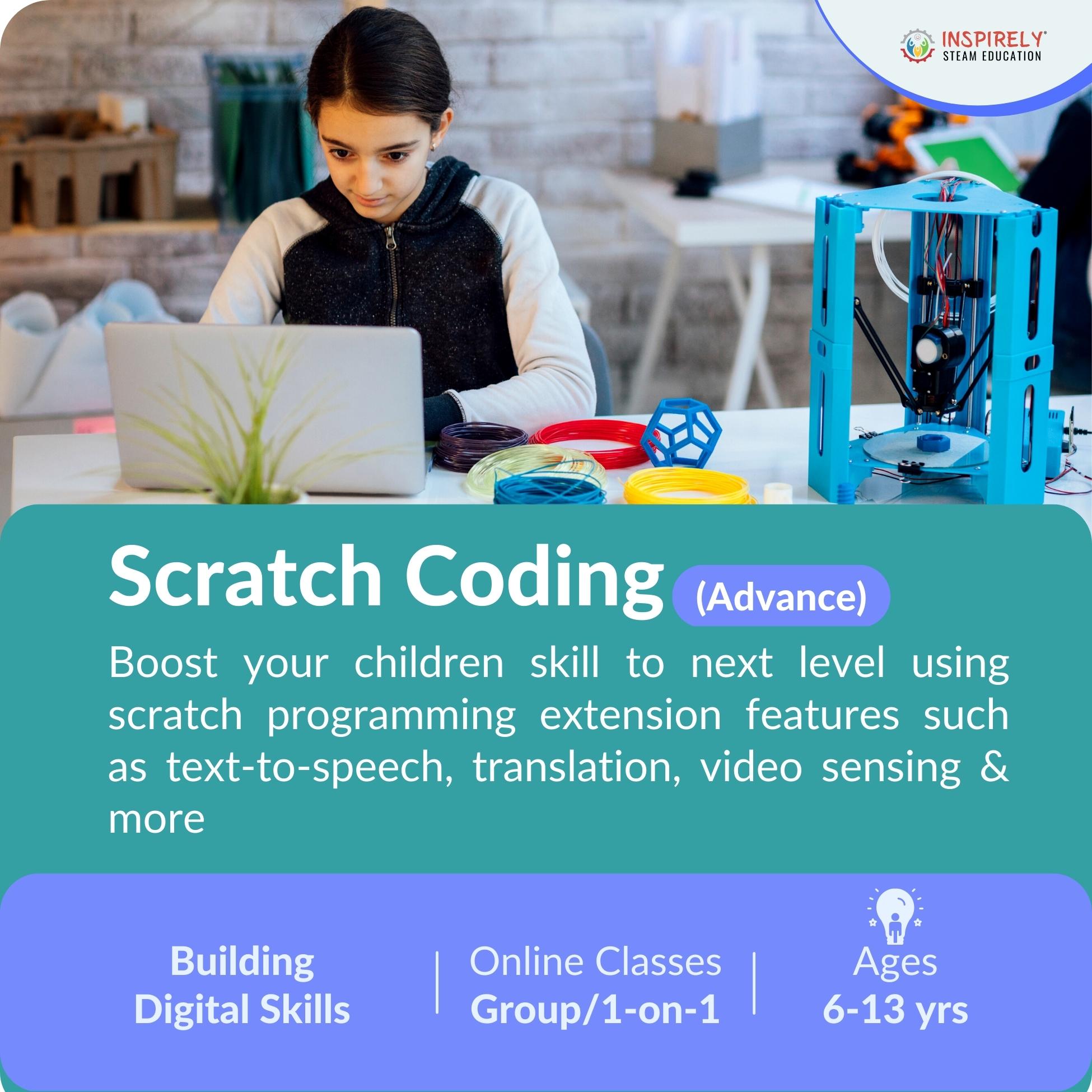
Fostering Diversity Inclusive STEM Education Initiatives

Fostering Diversity: Inclusive STEM Education Initiatives
The Importance of Inclusive STEM Education
Inclusive STEM education is essential for ensuring that all students have equal opportunities to succeed in science, technology, engineering, and mathematics. By promoting diversity and equity in STEM fields, we can create a more inclusive and innovative workforce that reflects the rich diversity of our society.
Challenges in STEM Education
Despite the importance of inclusivity, STEM education faces several challenges, including a lack of diversity in STEM fields, gender and racial disparities, and systemic barriers that prevent underrepresented groups from pursuing STEM careers. Addressing these challenges requires a concerted effort from educators, policymakers, and industry leaders.
Promoting Diversity and Equity
Promoting diversity and equity in STEM education involves creating inclusive learning environments where all students feel valued and supported. This includes implementing culturally responsive teaching practices, providing access to resources and opportunities, and addressing bias and discrimination in STEM fields.
Removing Barriers to Access
One of the key goals of inclusive STEM education is to remove barriers to access and participation for underrepresented groups. This may involve providing financial support, mentorship programs, and outreach initiatives to encourage students from diverse backgrounds to pursue STEM careers.
Building Inclusive STEM Curricula
Developing inclusive STEM curricula is essential for meeting the needs of a diverse student population. This includes integrating diverse perspectives and experiences into the curriculum, incorporating real-world examples and applications, and providing opportunities for hands-on learning and exploration.
Supporting Underrepresented Groups
Supporting underrepresented groups in STEM fields requires a multifaceted approach that addresses systemic barriers and provides targeted support and resources. This may involve creating networking opportunities, providing mentorship and career guidance, and advocating for policies that promote diversity and inclusion.
Creating Inclusive Learning Environments
Creating inclusive learning environments is essential for fostering a sense of belonging and empowerment among all students. This includes providing support services, such as tutoring and counseling, implementing inclusive teaching practices, and fostering a culture of respect and inclusion in the classroom.
Engaging with Industry Partners
Engaging with industry partners is crucial for promoting diversity and inclusion in STEM fields. By collaborating with companies and organizations that value diversity, educators can provide students with opportunities for internships, mentorship, and career advancement, helping to bridge the gap between education and employment.
Addressing Bias and Discrimination
Addressing bias and discrimination in STEM fields is essential for creating an inclusive and equitable learning environment. This may involve implementing policies and procedures to address instances of bias and discrimination, providing training and education on diversity and inclusion, and promoting awareness and understanding of unconscious bias.
Moving Towards a More Inclusive Future
While there is still much work to be done, the efforts to promote diversity and inclusion in STEM education are making a difference. By working together to address systemic barriers and promote equity and inclusion, we can create a more inclusive and innovative STEM workforce that reflects the diverse talents and perspectives of our society. Read more about inclusive stem education



